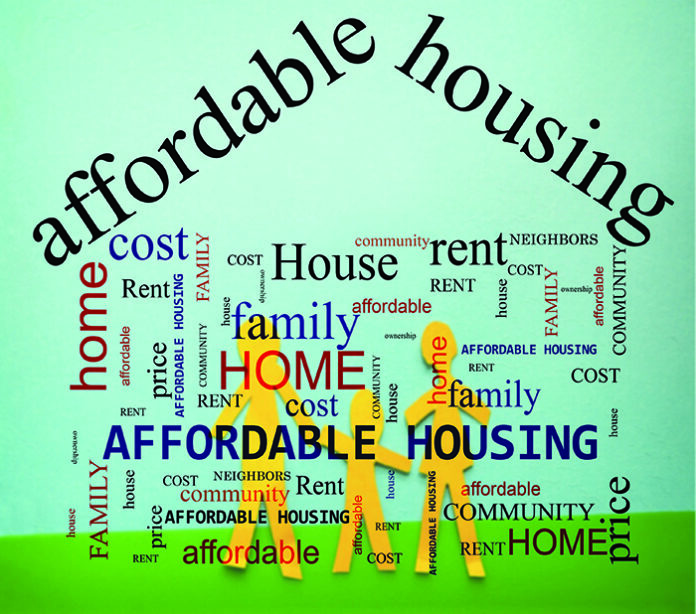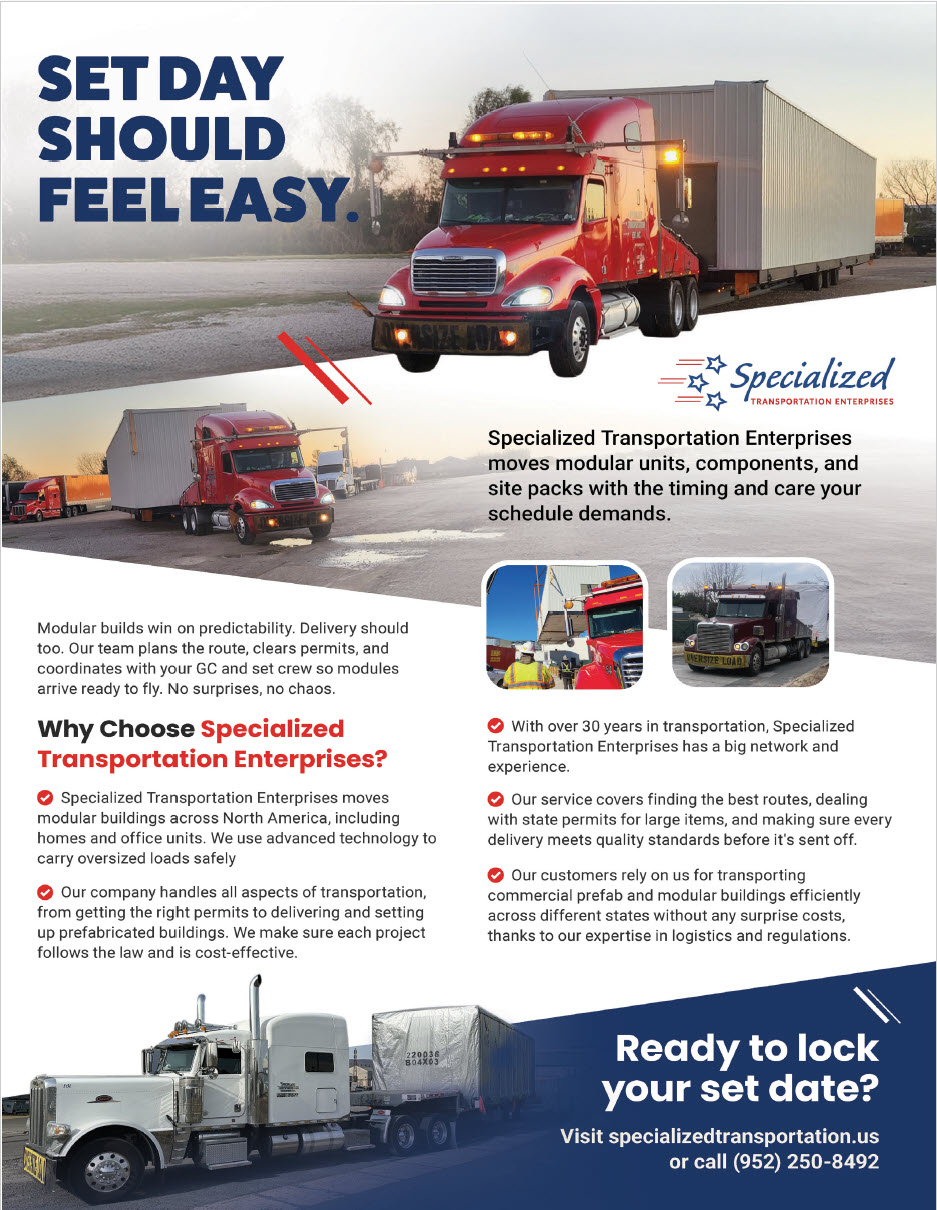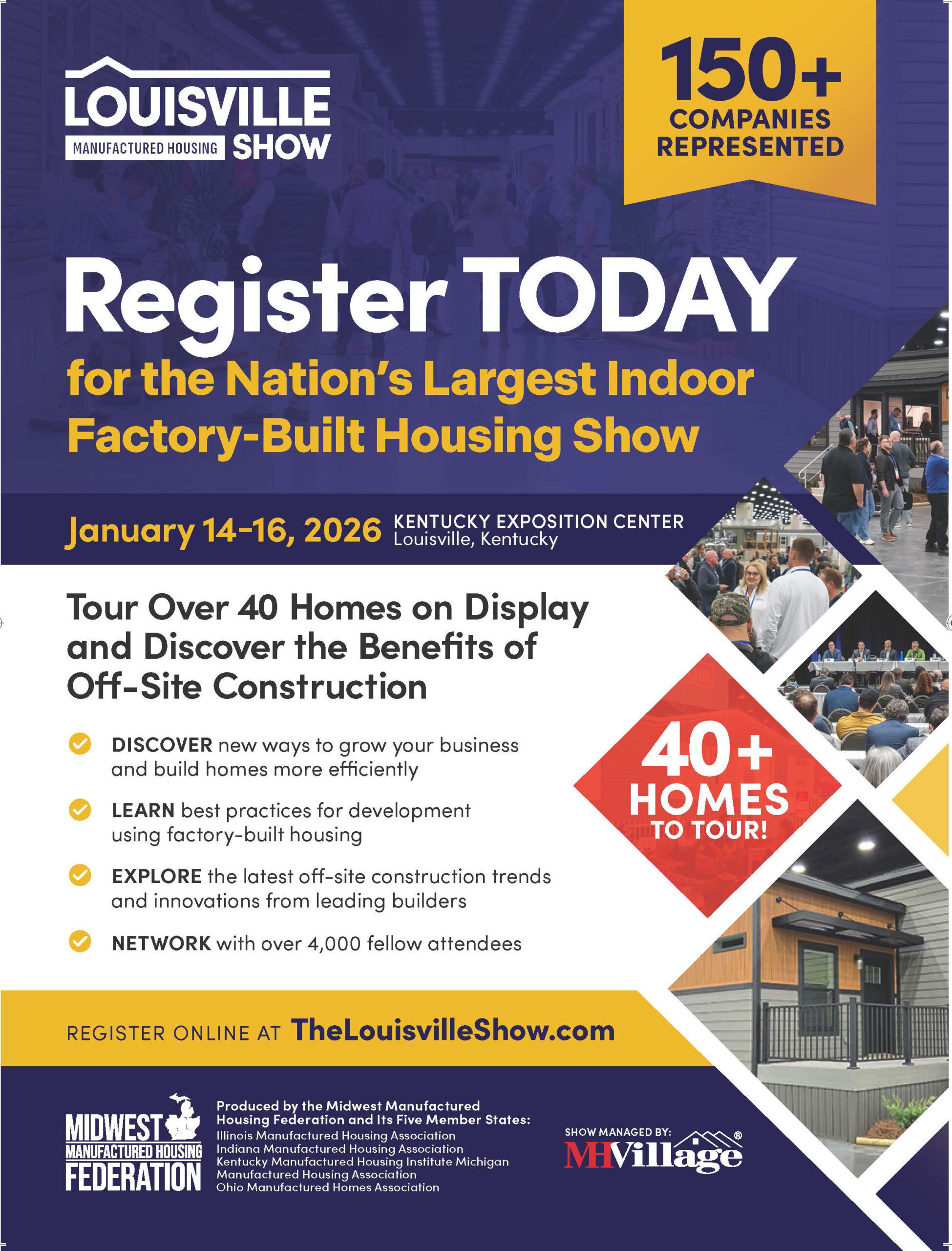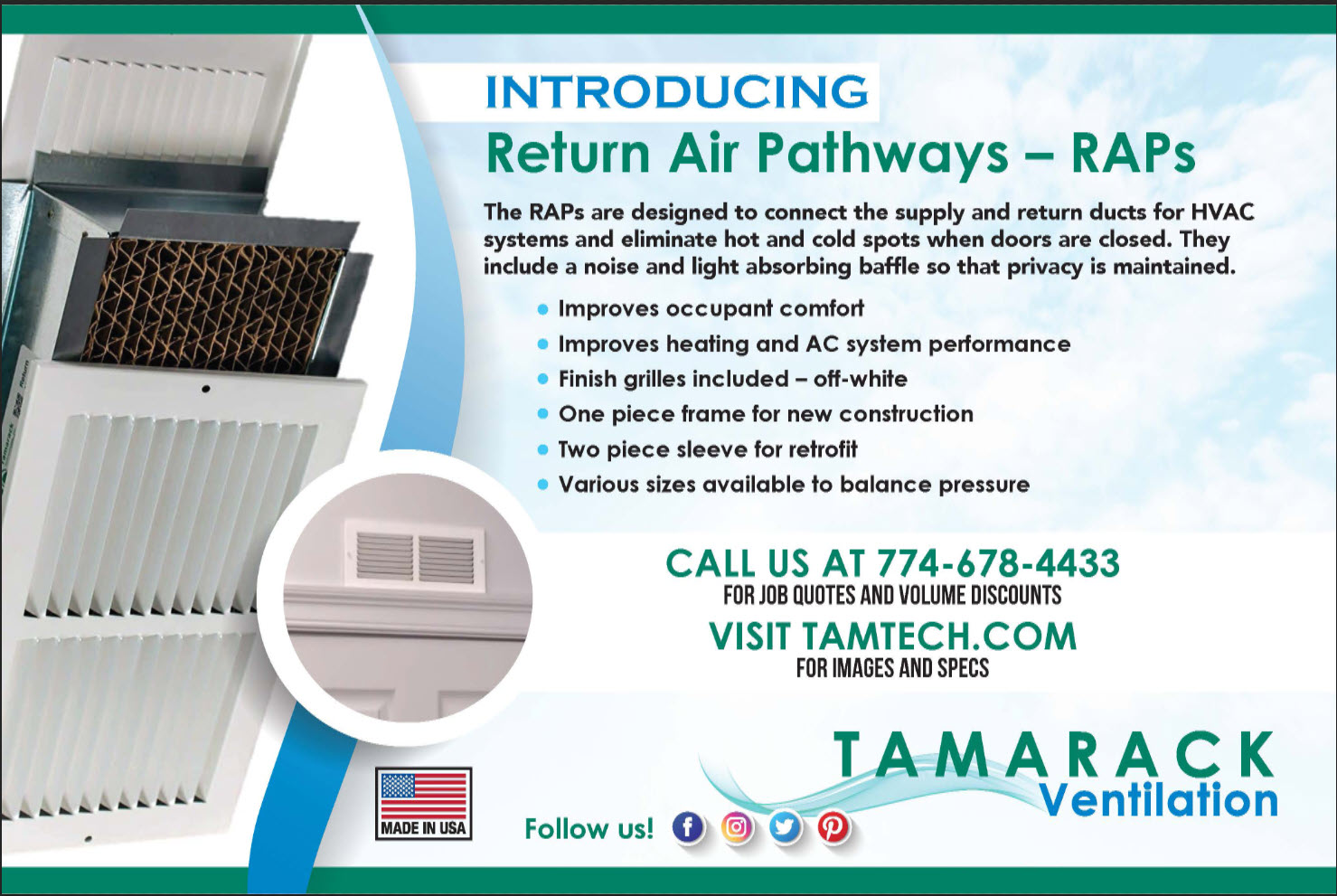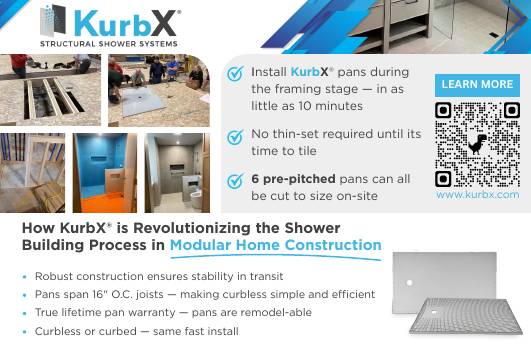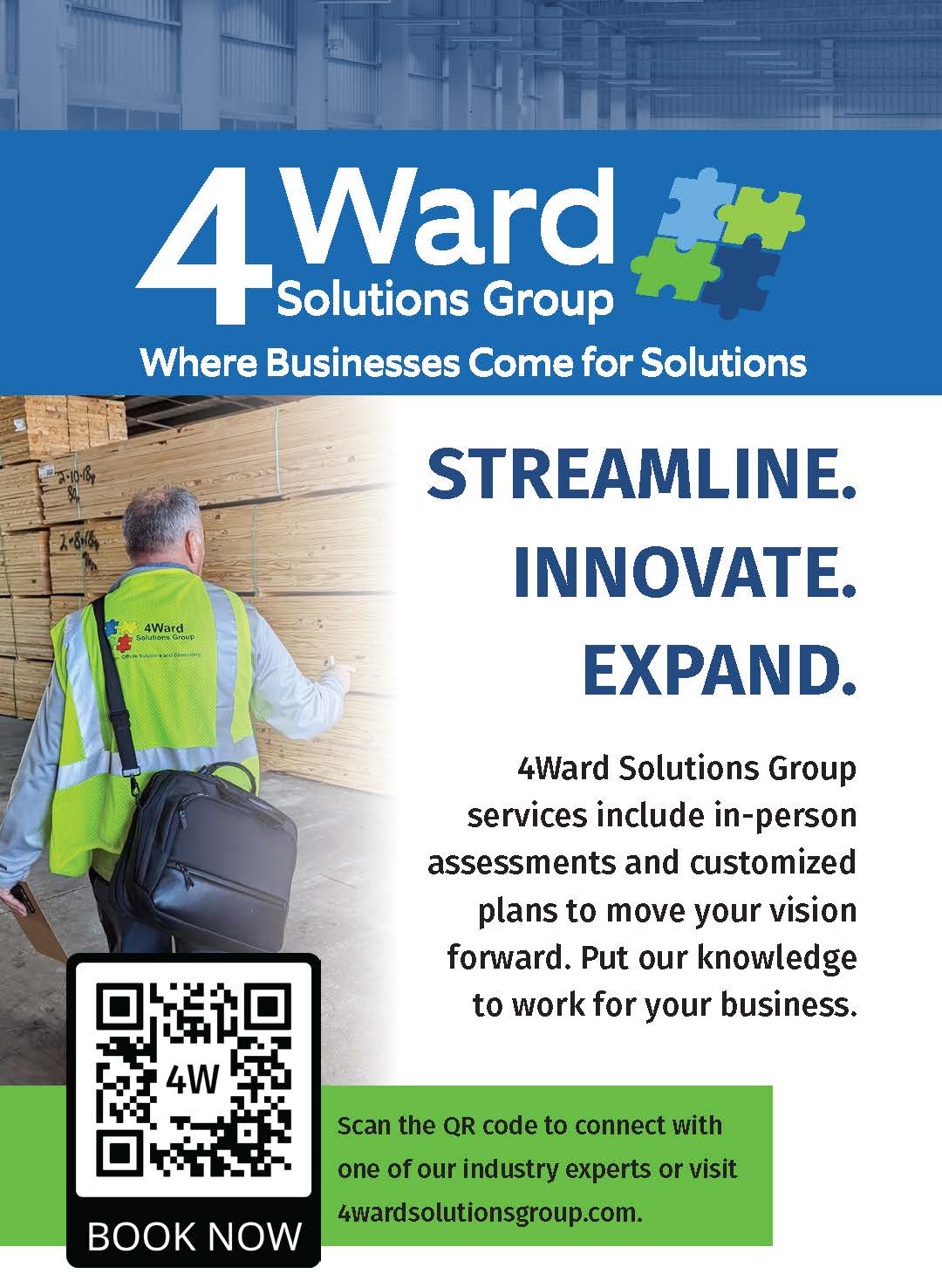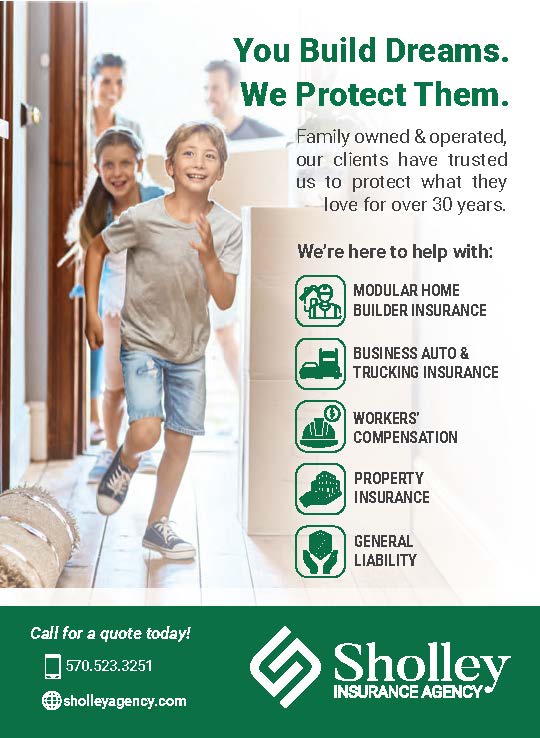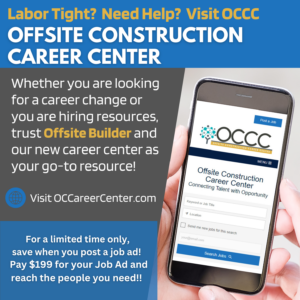The US has been struggling to produce affordable housing. We’ve had this problem for years, but it has now become more acute than ever. And it’s only going to get worse.
What does the term “affordable housing” mean? Affordability is determined by many factors, one of which is the region or area in which the home is being built, but, in general, “affordable housing” is housing for people who earn a household income of less than 60% of the area median income (AMI). Regardless of region, affordable housing is only affordable to those living in it. It’s not affordable to build, so it typically must be subsidized by a state/federal entity, or by some other group.
But what about people who don’t qualify for affordable housing, but still struggle to afford shelter in the area where they live? These are the middle-income workers that every community needs, including nurses, teachers, policemen, etc. with household incomes of between 60% and 120% AMI. The term “workforce housing” refers to housing that’s built for these households.
Workforce housing is a bigger segment of the market than affordable housing. In practice, workforce housing describes housing that’s more affordable than the rest of the area’s housing stock, but that doesn’t rely on government subsidies. Such housing fills the gaps between the free market and government housing systems and offers middle-income workers a nice place to live.
There seems to be some misconceptions about where this type of housing is needed. For instance, a recent graphic in The New York Times depicting housing supply in US metro areas really missed the mark by not showing a need for housing in high-priced places like Jackson Hole, Wyoming. In 2024, the median price for a single-family home in Jackson Hole was around $3 million. If you can afford $3 million for a home, then you will have many to choose from — no housing shortage for you — but it’s a different story for the desk clerk at the local Wyoming Inn of Jackson Hole. The shortage of workforce housing in that town is acute indeed. And Jackson Hole isn’t unique. The need for workforce housing is real and continues to grow nationwide.
I would argue that offsite construction is the perfect way to provide this type of housing. The fact that these areas typically lack construction workers isn’t a problem because much, if not most, of the work is completed offsite.
By delivering mostly complete living spaces, modular construction can help fill the gap quickly. Because of the speed and quality of offsite modular construction, workers in all areas, including pricey ones like Jackson Hole, can be provided with comfortable, quality shelter.
The bottom line is that offsite construction is the perfect way to provide desperately needed workforce housing in remote/expensive parts of the country.
If you liked this article, you can follow Ken Semler on LinkedIn, where he offers daily insights and commentary about offsite construction.


